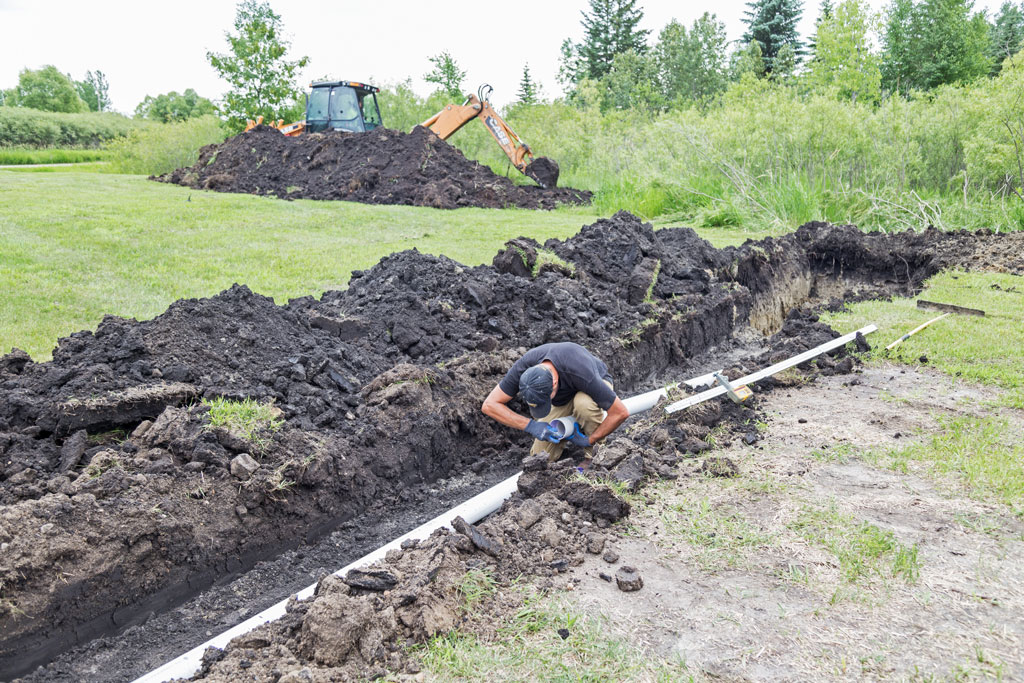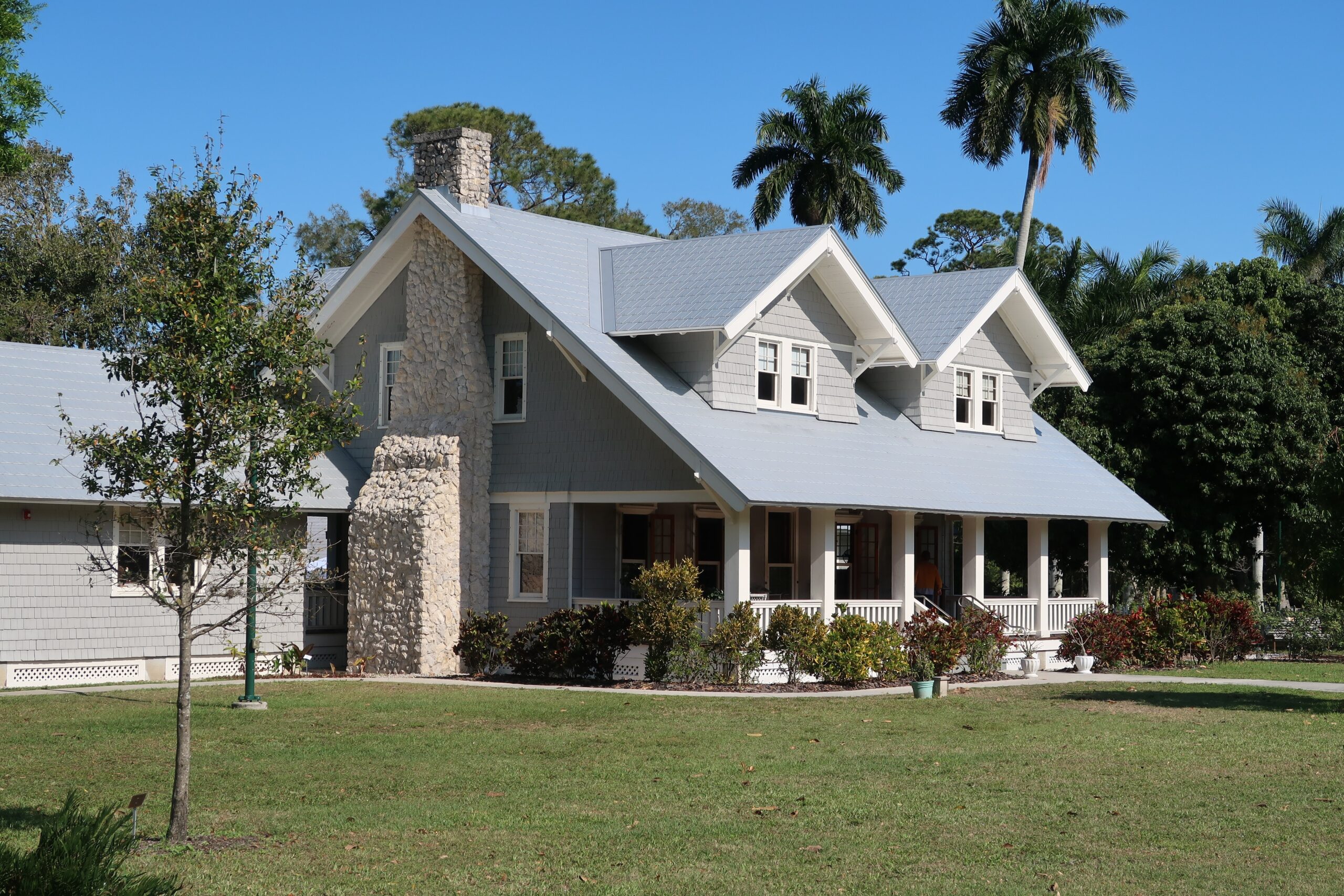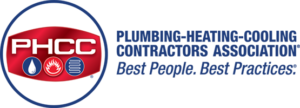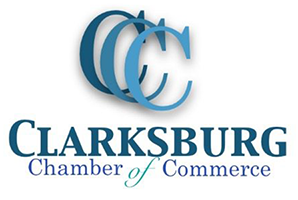When it comes to plumbing repairs and installations, the traditional trench method has been the go-to approach for decades. However, the advent of trenchless technology has revolutionized the industry, offering a more efficient, cost-effective, and environmentally friendly alternative. In this blog, we’ll compare trenchless and trench methods in plumbing to help you understand the benefits and differences between these two approaches.
Trench Method: The Traditional Approach
- Extensive Excavation: The trench method involves digging extensive trenches to access and repair or replace pipes. This process can be disruptive to your property, landscaping, and infrastructure.
- Costly and Time-Consuming: Trench plumbing repairs often require more labor and materials. They can take weeks or even months to complete, leading to higher costs and prolonged disruptions.
- Environmental Impact: Excavation can have a significant environmental impact, including soil erosion, damage to vegetation, and disruption to local ecosystems.
- Restoration Costs: After repairing or replacing the pipes, additional expenses are incurred to restore the landscape and infrastructure to their original state.
Trenchless Method: The Modern Solution
- Minimal Excavation: Trenchless plumbing methods are designed to minimize disruption. They involve small access points and use advanced technology to repair or replace pipes without extensive digging.
- Cost-Effective: Trenchless repairs are generally more cost-effective because they require less labor, fewer materials, and shorter project timelines.
- Environmentally Friendly: Trenchless technology reduces environmental impact by minimizing excavation, which helps protect vegetation and ecosystems.
- Quick Turnaround: Trenchless repairs are quicker, often taking days instead of weeks or months. This reduces the inconvenience to homeowners and businesses.
Key Trenchless Techniques
- Pipe Lining: This method involves creating a new pipe within the existing damaged one. It reduces the need for excavation and extends the lifespan of the pipe.
- Pipe Bursting: In pipe bursting, a new pipe is inserted as an older one is destroyed. This technique is used for complete pipe replacements.
- Directional Drilling: Also known as horizontal directional drilling (HDD), this method allows for the installation of new pipes with minimal surface disruption, making it ideal for utility installations.
Trenchless plumbing methods have emerged as the modern solution for homeowners, businesses, and municipalities. They offer a range of benefits, including cost-effectiveness, minimal disruption, environmental friendliness, and a quick turnaround. While trench methods still have their place in certain situations, trenchless technology has become the preferred choice for many, ensuring that plumbing repairs and installations can be completed with greater efficiency and with less impact on your property and the environment. As plumbing technology continues to advance, it’s clear that trenchless methods are shaping the future of the industry.










